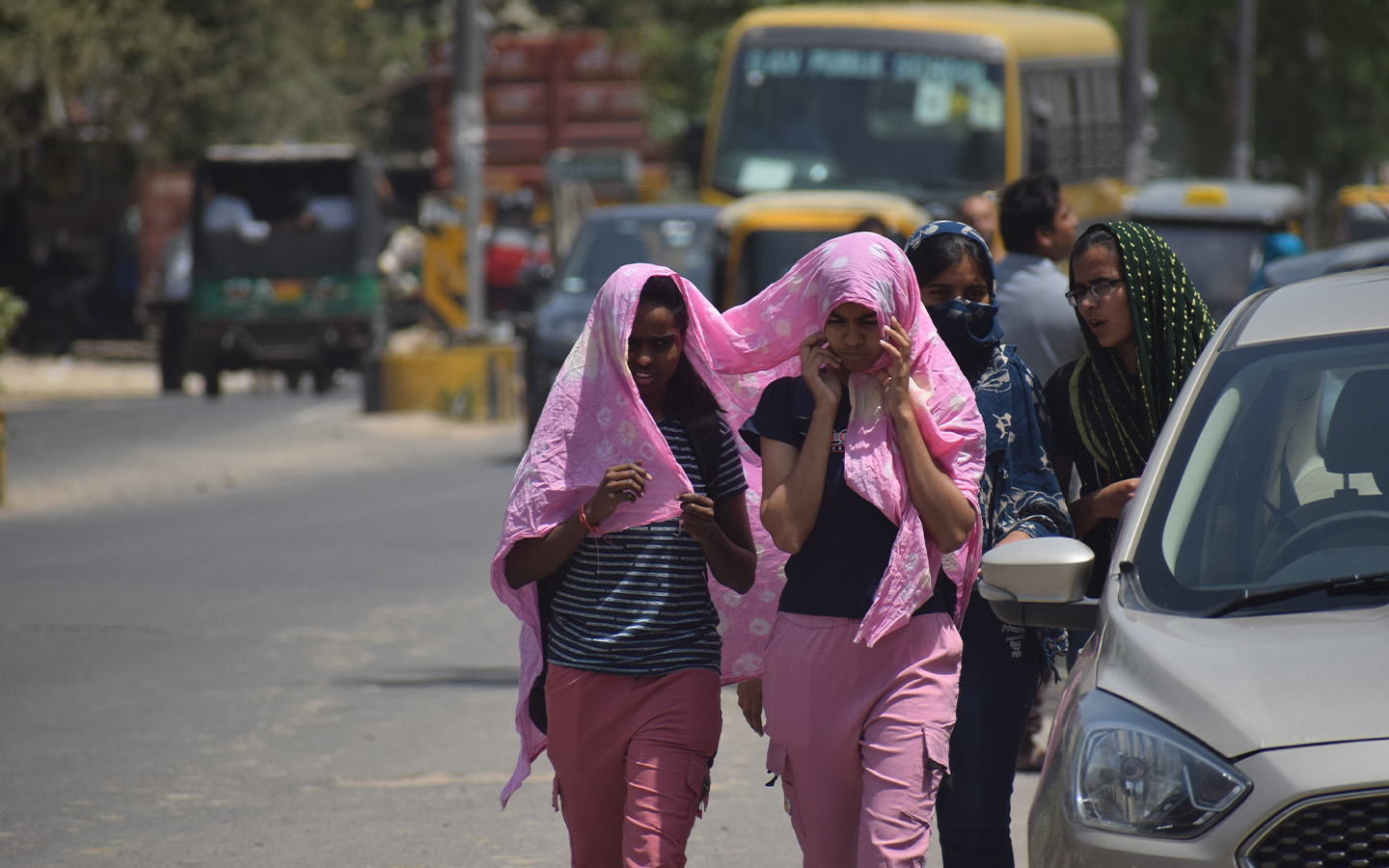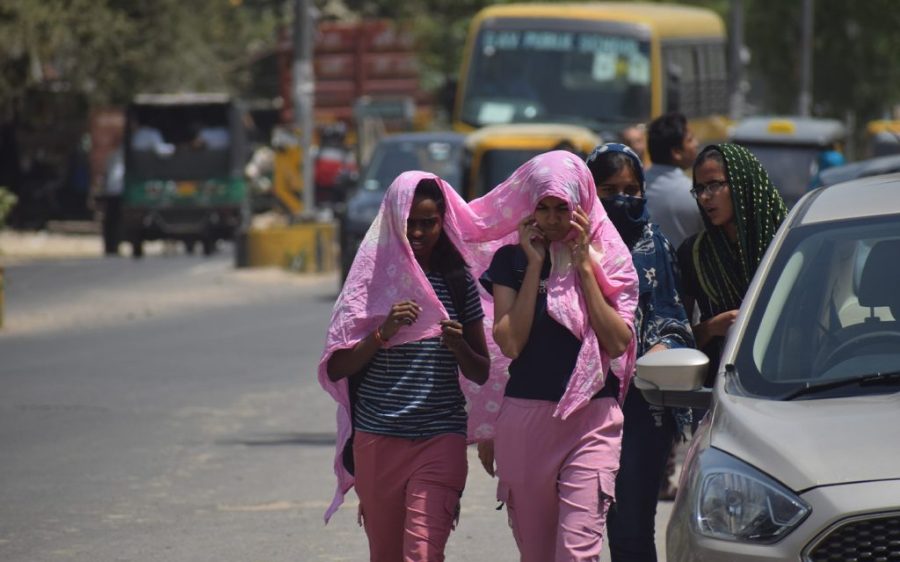Unprecedented levels of heat are continuing to affect millions of people in South and Southeast Asia, with heat indices exceeding 50ºC in parts of the Philippines, and new temperature records set in three dozen districts across Thailand.
Heat indices reflect so-called “apparent temperature” – what hot weather feels like to the human body when humid conditions prevent the cooling effects of evaporating perspiration.
On Monday, conditions in the Philippines forced authorities to cancel in-person schooling for over 1.3 million students from nearly 4,000 schools. “The pupils can’t cope with this kind of weather,” the principal of one primary school told the Associated Press.
The extreme heat has seen a surge in demand for electricity to power air-conditioners and fans, with the national grid operator warning of insufficient power.
Thailand has meanwhile seen temperatures top 40ºC in 26 of its 77 provinces this month, with the northern province of Lampang wilting under the country’s highest reading of 44.2ºC.
[See more: The number of hot days could more than double by mid-century, SMG says]
Thai authorities have warned of even hotter weather in the coming days and told people to avoid prolonged outdoor activity, while energy use soared to a record 36,699MW yesterday.
State media in Vietnam has meanwhile reported large numbers of people seeking relief from the heat in air-conditioned shopping malls in Ho Chi Minh City, with authorities warning of a higher risk of forest fires. In Malaysia, 16 regions have seen temperatures between 35ºC and 40ºC for three days running.
Temperatures rose to 43ºC in Bangladesh yesterday, with authorities ordering schools to close. In India, the heat was even more severe, reaching 45.6ºC in parts of the country and exceeding climatological norms by as much as 8ºC.
Even in northerly Japan, the heat has been unprecedented for this time of year, with many places across the country registering temperatures in excess of 30ºC last weekend.
The World Meteorological Organisation warned last month of “severe heat conditions” in Asia, which scientists are attributing to climate change exacerbated by the El Niño weather phenomenon – a warming of the ocean surface in parts of the tropical Pacific that creates hotter conditions.






